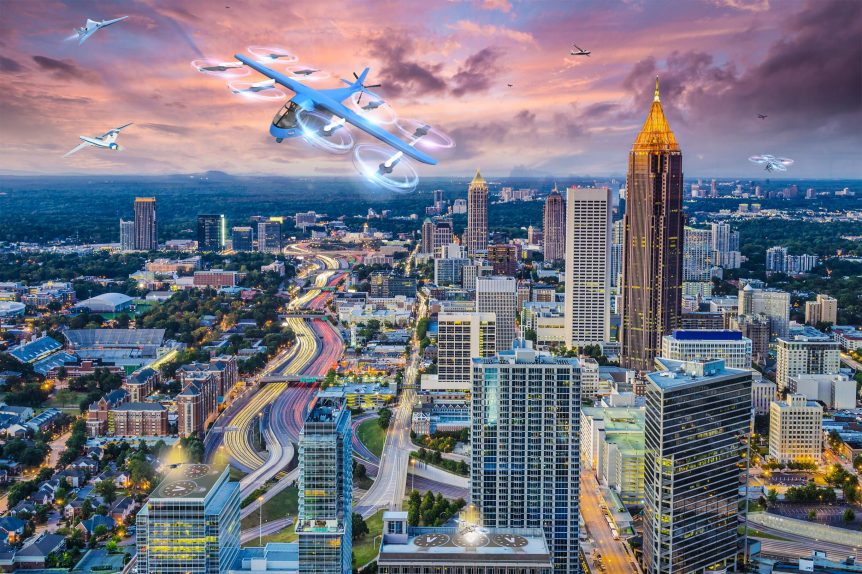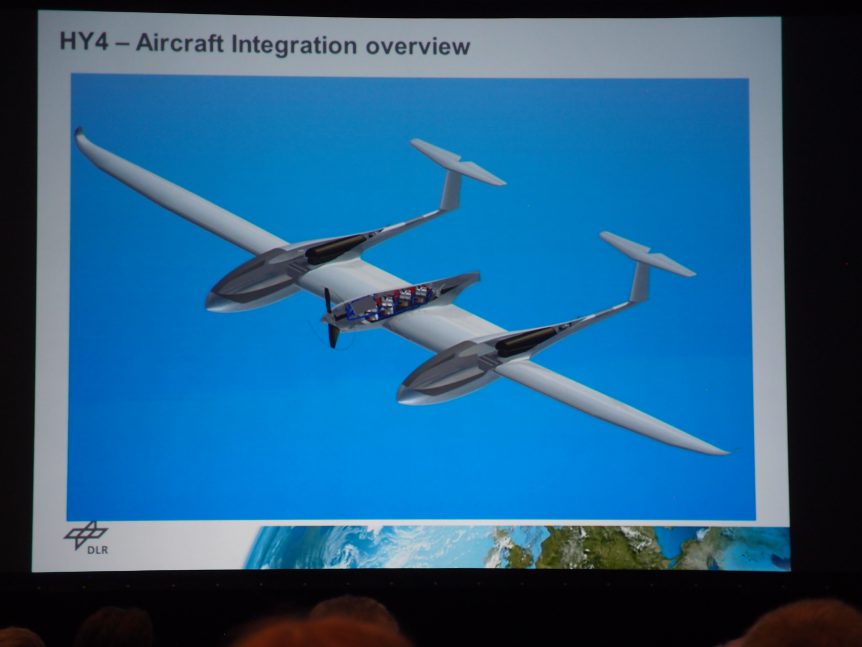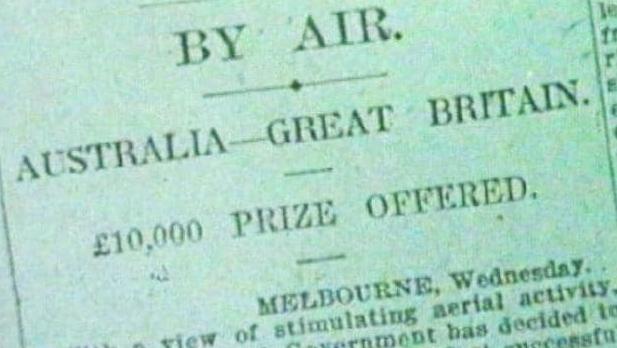We are on the verge of big happenings in the Urban Air Mobility (UAM) world. Large amounts of money are flowing into the coffers of those companies which dared to pioneer in the area. Large firms are partnering with these aerial startups. And the Federal Aeronautics Administration is paying attention while actively pursuing certification for the new machines headed our way. Jay Merkle, FAA Certification and Airspace Integration At the Transportation Review Board’s annual meeting in Orlando, Florida, Jay Merkle, head of the FAA’s UAS integration office, told attendees that six (Urban Air Mobility) UAM vehicles are “well along,” according to a report in Aviation Today. He held that the growing market is ““more than just hype … this is more than just promotional videos.” Merkle apparently feels current regulations such as FAR Part 23 are adequate to help these new electric Vertical Take Off and Landing (eVTOL) machines be certified. Merkle feels the machines in progress can provide service …
Sustainable Skies in San Francisco
I’m writing this in the first person, rather than the usual third-person voice that allows me to remain objective about things on which I report. In this case, I have been the recipient of much joy over the last ten years from being an observer of the ongoing progress in electric aviation. Dr. Brien Seeley, founder of the Sustainable Aviation Foundation, asked me to begin writing a blog about electric aviation in 2009. One of my original postings concerned a Kitplanes Magazine contributor, David Ullman – who was this year’s Sustainable Aviation Symposium’s keynote speaker. In 2009, he predicted a great future for electric aviation – most of which has come to pass, and some of which he is creating in his hangar with his fully-instrumented wind tunnel and ambitious blown-wing design. He proposes something called USTOL, Ultimate Short Takeoff and Landing, aircraft that will use a dynamic relationship between their power and lift systems. His vehicle for demonstrating this …
The Coming Golden Age of Electric Air Races?
An Electric Great Air Race 100 years ago, a great air race – “The Great Air Race” – in fact, was held with competitors flying from Great Britain to the Northern Territories of Australia. Crews had 30 days to make the trip, and considering the reliability of engines at that time and the primitive nature of aerial navigation, very little time to relax. Of the six teams that entered, only two made it, three crashing (two fatally) and a fourth team being imprisoned in Yugoslavia as suspected Bolsheviks. Only two teams finished, and only one received the 10,000 Pound Sterling prize (about 544,577 pounds today – over $775,000), enough to cause the six crews to accept the high risk involved. The winning flight, in a Vickers Vimy WWI bomber, inspired the founders of Qantas to begin regular airline service in the country, with that company, nearly a century later, able to offer transit from Los Angeles to Sydney for under …



